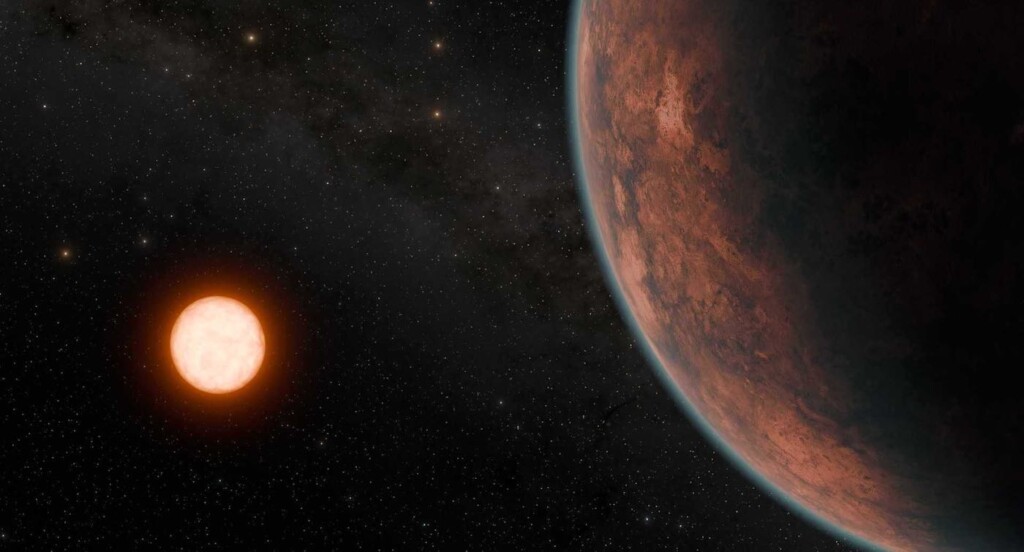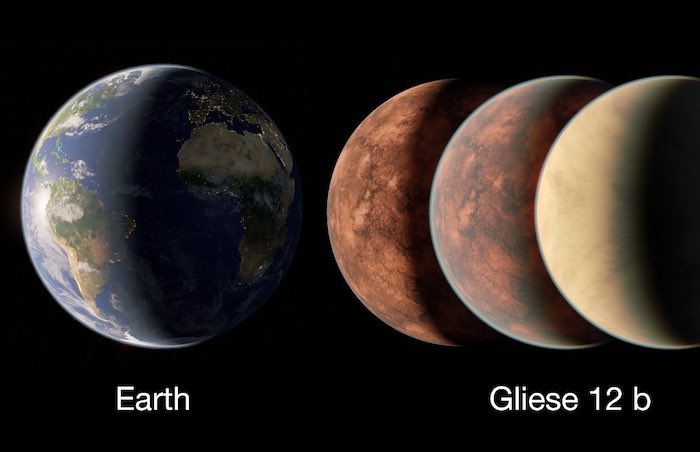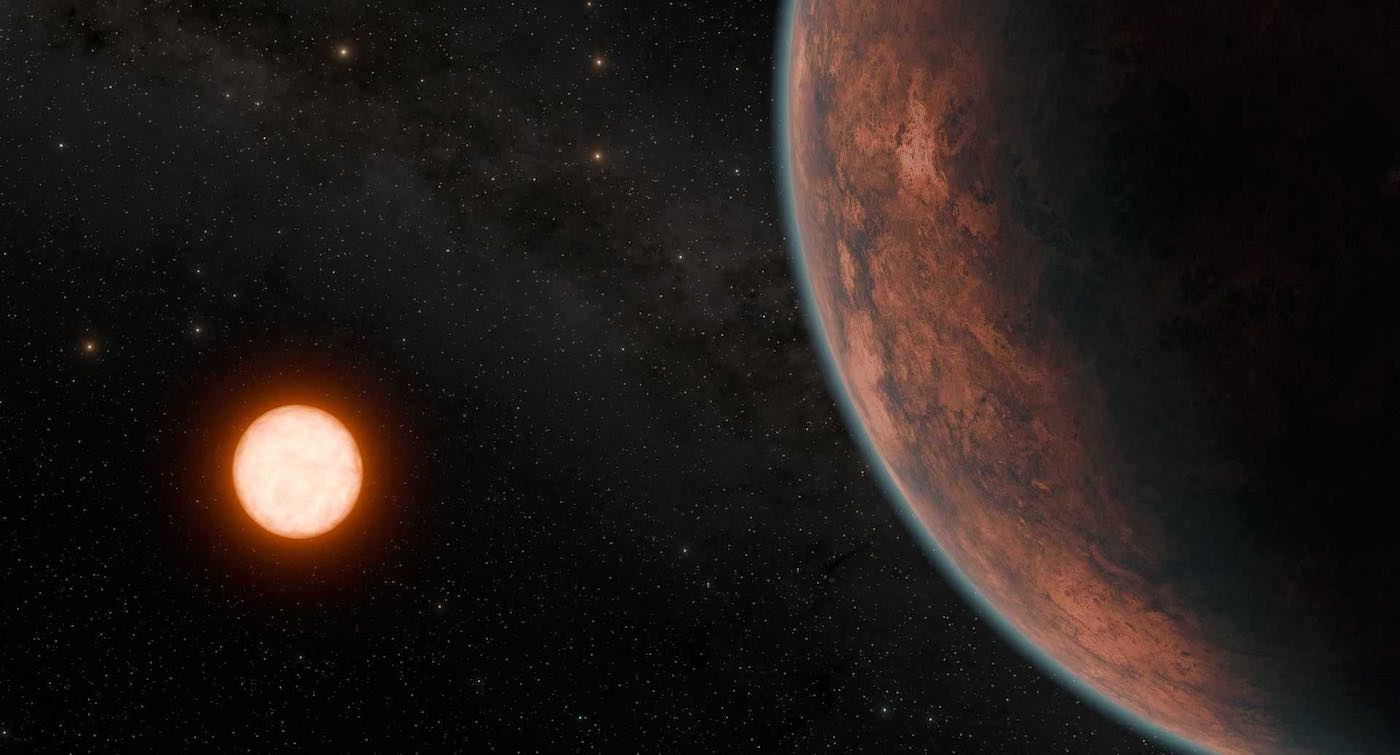
Scientists have discovered a new Earth-sized planet 40 light years away which could potentially support human life.
The planet, named Gliese 12 b, was spotted by astronomers at the University of Warwick who made the exciting discovery using NASA satellites.
With an estimated surface temperature of around 42°C (107°F), experts say it is one of the few known rocky planets where humans could theoretically survive (if the transportation existed).
Scientists are still unsure of the composition of the atmosphere of Gliese 12 b, but it has a similar depth to the one on Venus.
In a report published Thursday, the team, from universities in the UK and US, described Gliese 12 b as “the nearest transiting temperate, Earth-sized planet found to date.”
It confirmed the planet’s existence and characteristics like its size, temperature, distance from Earth, and that it orbits its ‘Sun’ every 12.8 days.
“This is a really exciting discovery and will help our research into planets similar to Earth across our Galaxy,” said Warwick Professor of physicist Thomas Wilson.
“Thrillingly, this planet is the closest Earth-sized and temperature planet we know.
“The light we are seeing now is from 1984 (40 years ago)—that’s how long it has taken to reach us here on Earth.
“Planets like Gliese 12 b are very few and far between, so for us to be able to examine one this closely and learn about its atmosphere and temperature is very rare.”

The scientists are part of an international team who have worked with NASA to discover the planet using data from NASA’s TESS (Transiting Exoplanet Survey Satellite).
At first, they discovered the planet’s sun, called Gliese 12—a cool red dwarf located in the constellation Pisces. That star is about one-quarter of our Sun’s size, with about 60 percent of the surface temperature. And the distance separating Gliese 12 and the new planet is just 7 percent of the distance between Earth and our Sun.
BIG STAR STORY: Astronomers Discover Hundreds of Mysterious Filaments Pointing Towards Our Milky Way’s Massive Black Hole
The planet receives 1.6 times more energy from its star as Earth does from the Sun.
“We know of only a handful of systems to date that are both close enough to us and meet other criteria needed for this kind of study, called transmission spectroscopy,” said Michael McElwain, a research astrophysicist at NASA’s Goddard Space Flight Center, and a co-author of the paper.
“To better understand the diversity of atmospheres around temperate planets similar to Earth, we need more examples like Gliese 12 b.”
NASA said in a statement, “One important factor in retaining an atmosphere is the storminess of its star. Red dwarfs tend to be magnetically active, resulting in frequent, powerful X-ray flares”, but both teams concluded that Gliese 12 shows no signs of such extreme behavior.
CHECK OUT THIS NEW PLANET: Ringed Planet That Defies Known Physics Discovered in Outer Reaches of Our Solar System
“This is a unique candidate for further atmospheric study that may help unlock some aspects of our own solar system’s evolution,” said Larissa Palethorpe, co-lead of the study and doctoral student at the University of Edinburgh and University College London. “Earth remains habitable, but Venus does not due to its complete loss of water. Gliese 12 b’s atmosphere could teach us a lot about the habitability pathways planets take as they develop.”
The report also states the discovery will help astronomers “find our own place in the Universe”.
“Gliese 12 b also represents one of the best targets to study whether Earth-like planets orbiting cool stars can retain their atmospheres, a crucial step to advance our understanding of habitability on Earth and across the Galaxy.”
“Further analysis of the Gliese 12 system will allow us to understand evolutionary and compositional trends, which is important as we try to infer the number of true-Earth analogues on our journey to understanding our own place in the Universe.”
AIM A TELESCOPE On This Story By Sharing it on Social Media…




















